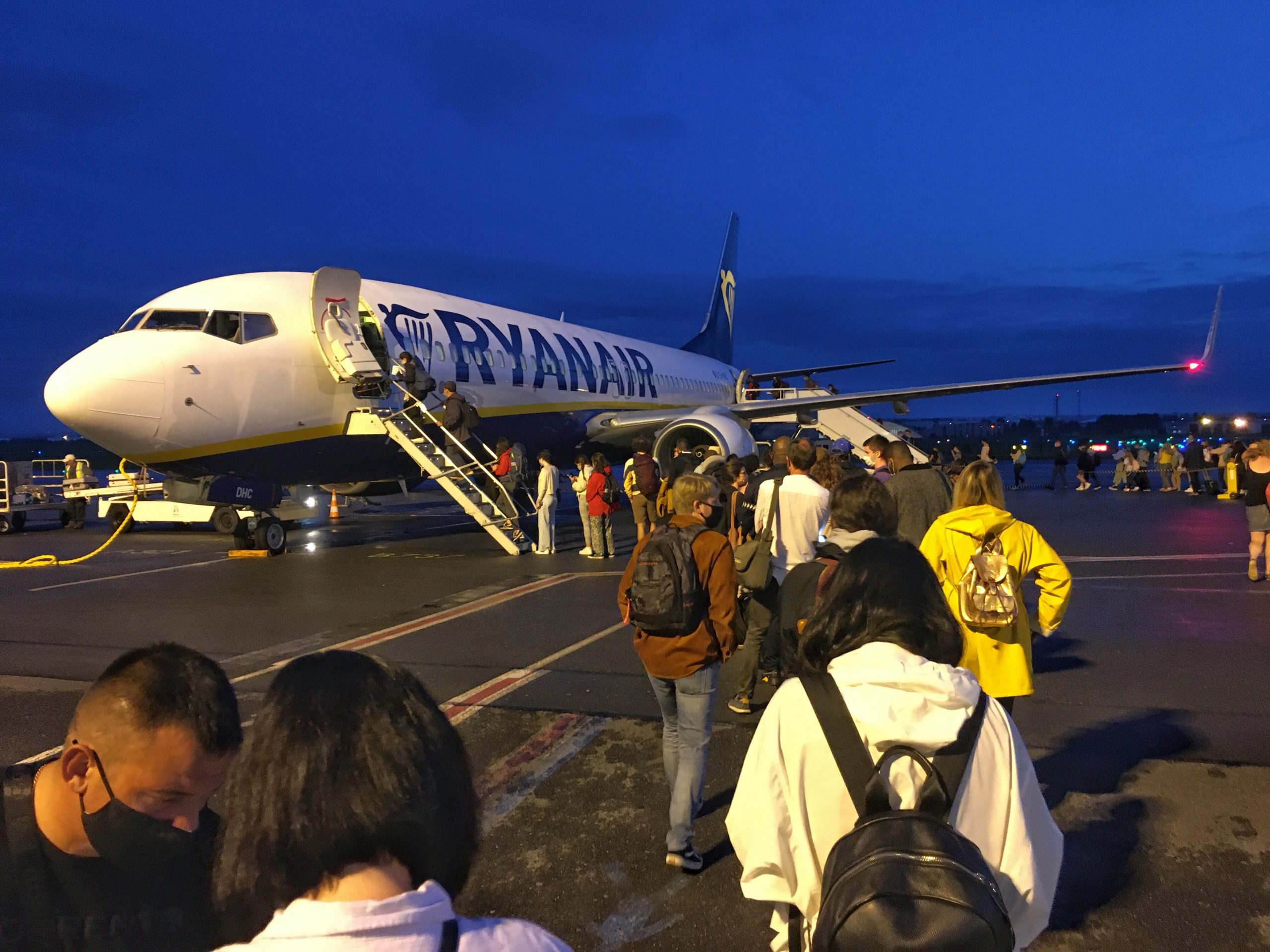Until Ireland re-opened to non-essential travel last week, the last time I had seen my brother was a year and a half ago. My parents, 21 months. My 98-year-old grandmother, over two years. They all live in or close to Paris, which was tantalisingly close. I have lived in places as far-flung as Kinshasa and never stayed away so long. It was time to catch up. Over the past week, I’ve done what we used to take for granted: Catch a flight; visit loved ones overseas; enjoy a meal out or a museum in a different city, whether exotic or…
Cancel at any time. Are you already a member? Log in here.
Want to read the full story?
Unlock this article – and everything else on The Currency – with an annual membership and receive a free Samsonite Upscape suitcase, retailing at €235, delivered to your door.

